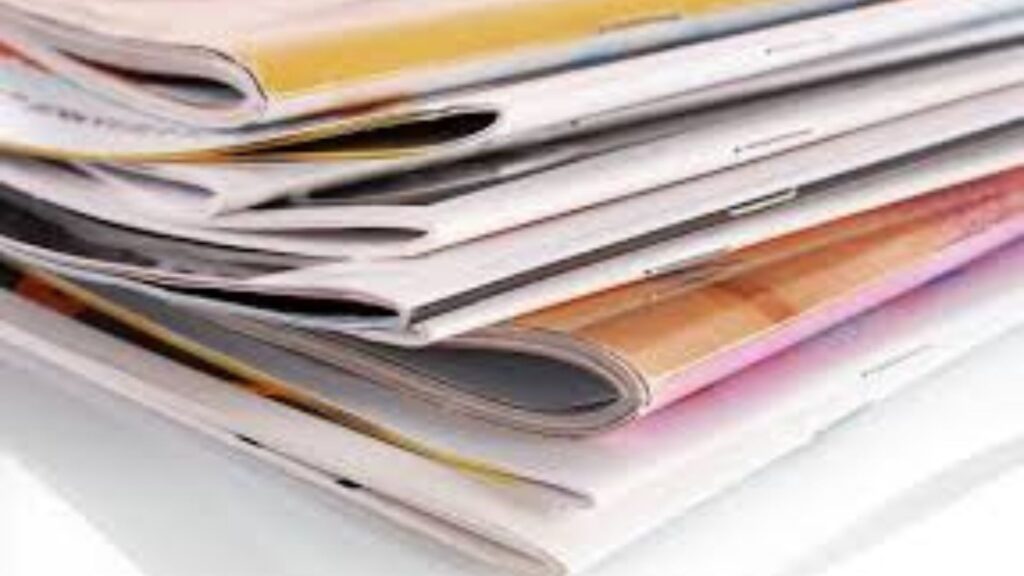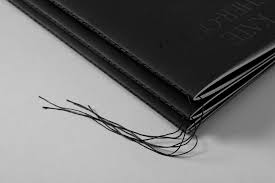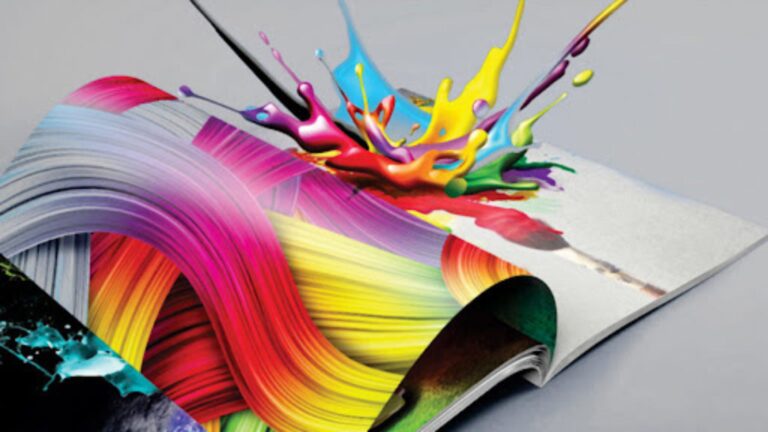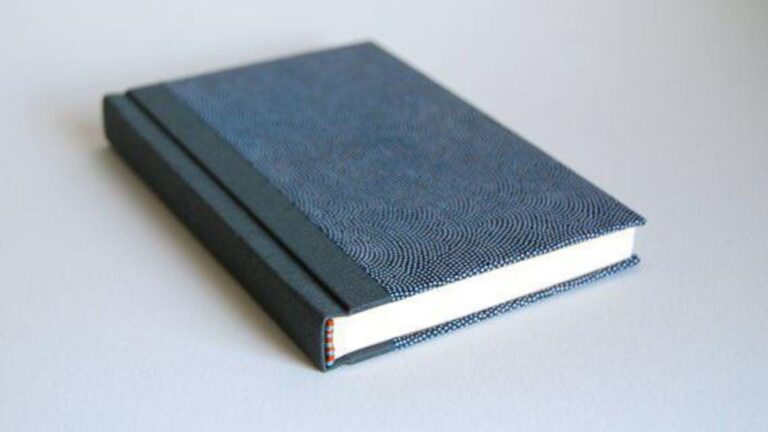
Binding adds strength and style to documents.
When creating professional documents, presentation matters just as much as content. That’s where binding plays a crucial role. Binding not only holds pages securely together but also enhances the document’s appearance, making a strong impression. Whether for business reports, academic theses, or personal projects, innovative binding techniques add durability and style. Consequently, binding transforms simple stacks of paper into polished, lasting works.

How Binding Reinforces Document Durability
First and foremost, binding increases the structural integrity of any document. Loose pages are prone to damage, loss, or disorganization, which can undermine professionalism. Binding methods such as spiral, comb, or perfect binding securely fasten pages, preventing wear and tear from frequent handling. For example, books and manuals often use binding to withstand repeated use. Therefore, binding protects your documents, ensuring they stay intact and readable over time.
Enhancing Aesthetics Through Various Binding Styles
Beyond strength, binding contributes significantly to a document’s visual appeal. Different binding styles offer unique looks that cater to various needs. For instance, leather-bound or hardcover binding projects a formal and prestigious image ideal for portfolios or presentations. Meanwhile, colorful coil binding adds a modern and creative touch perfect for proposals or manuals. In addition, customizable covers and spine labels provide branding opportunities. As a result, choosing the right binding style elevates both style and professionalism.
Binding’s Role in Improving User Experience
Moreover, binding enhances how users interact with documents. Certain binding types enable pages to lie flat when opened, making reading and note-taking easier. Spiral and wire binding, for example, allow full 360-degree page rotation, ideal for reference materials or cookbooks. Similarly, lay-flat binding prevents spine damage, providing convenience for frequent readers. By improving usability, binding ensures that documents are practical and enjoyable to use, increasing their overall value.
Sustainable Binding Options for Eco-Friendly Documents
Sustainability has become a priority, and binding methods have adapted accordingly. Eco-friendly binding options use recycled or biodegradable materials to reduce environmental impact. For example, using soy-based adhesives instead of traditional glues lowers chemical waste. Additionally, binding with recycled plastic coils or natural fibers supports greener production processes. These innovations allow businesses and individuals to maintain stylish and durable documents while minimizing their carbon footprint, reflecting responsible choices.
The Impact of Technology on Modern Binding
Technological advancements continue to revolutionize binding techniques. Automated binding machines speed up production and offer precise finishes that manual binding cannot match. Digital binding services also enable custom designs and small batch runs, making professional binding accessible for everyone. Furthermore, innovations like thermal binding create sleek, glue-based bindings that resemble perfect-bound books without sewing. These technological improvements ensure binding remains an efficient and attractive solution for document presentation.
Conclusion: Binding Combines Strength and Style Seamlessly
In summary, binding adds both strength and style to documents, ensuring they withstand handling while looking professional. From traditional sewn bindings to modern thermal and spiral options, various techniques cater to different needs and aesthetics. Furthermore, sustainable and technological innovations in binding make it an even more appealing choice. Ultimately, investing in quality binding elevates your documents, making a lasting impression that combines function and fashion.






